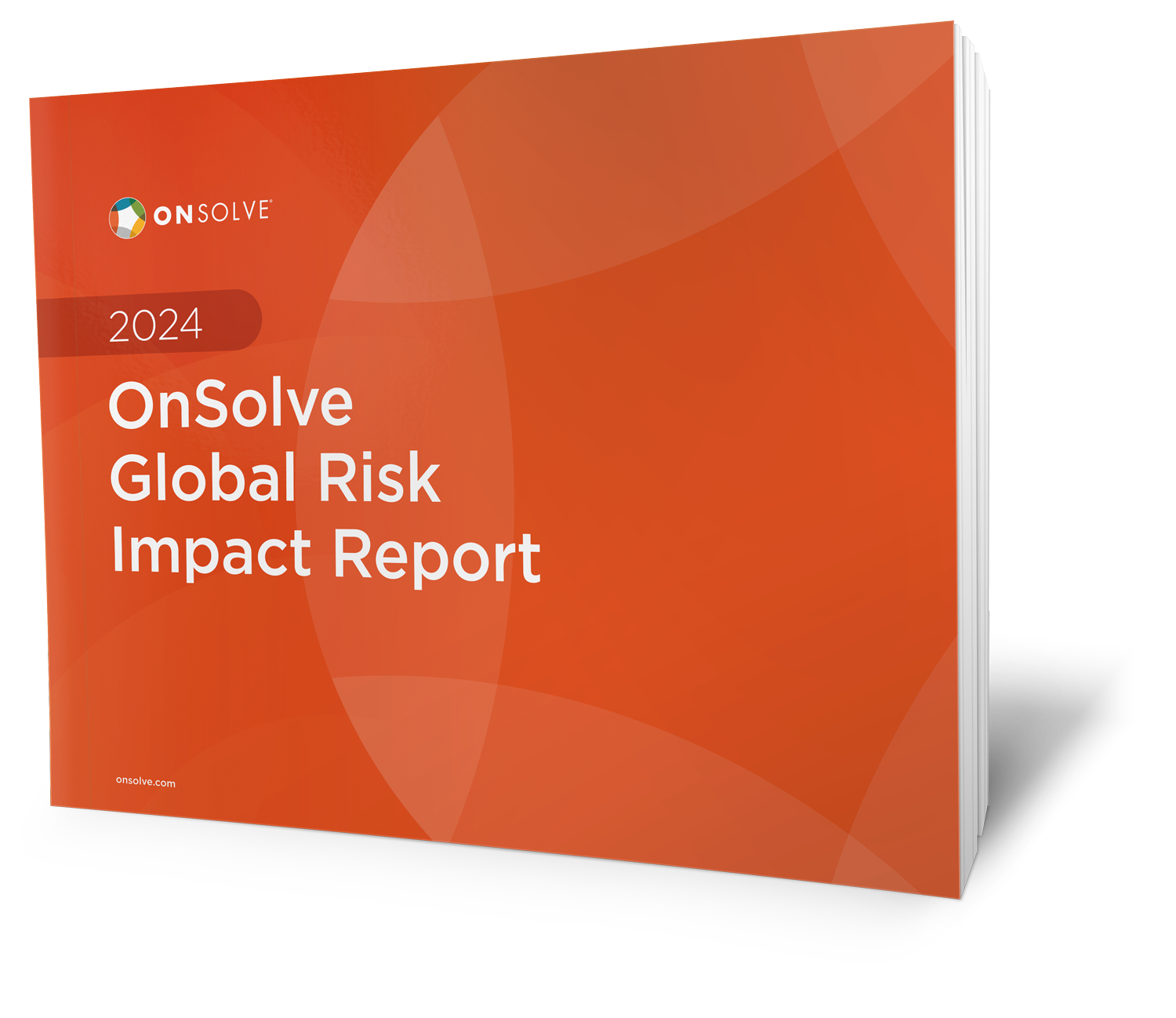An increasing number of organizations are realizing the importance of being able to reach all stakeholders immediately in the event of an emergency. Whether your organization is confronted with a hurricane, a pandemic, an active shooter or another crisis, you need to get the right information to the right people as soon as possible, and a modern critical event management platform that includes an emergency mass notification system is arguably the best way to do that.
The percentage of organizations using emergency notification and/or crisis management tools jumped to 67 percent in 2020 (up from 59.3 percent in 2019), according to the Business Continuity Institute (BCI). But not all emergency mass notification software (EMNS) is created equal, and you most definitely shouldn’t select one at random. Consider these dos and don’ts if you’re planning to upgrade or implement an emergency mass notification system.
Don’t Choose a Vendor Solely on Price
Although price is not insignificant, it shouldn’t be the only factor you consider when choosing an EMNS. Arguably more important than price are available features, effectiveness, customer support and reliability. An inexpensive system that doesn’t work effectively or offer a wide variety of features may end up causing more problems than it solves. For example, if the software malfunctions in the middle of a crisis and the vendor is too overwhelmed to address the issue, you could lose precious response time. And depending on the type of disaster, that lost time could mean lost lives or, at the very least, lost livelihoods.
Don’t Purchase a System Without Evaluating What Capabilities Your Organization Actually Needs
Emergency mass notification software can vary significantly in terms of features provided, so it makes sense to spend some time considering what exactly you need. Do you need a way to reach a global team of employees on a variety of communication channels? Would your organization benefit from a feature that enables instant conference calls to allow leaders to form a response plan? Does your organization require a scheduling feature? Before selecting software, aim to sit down with representatives from all relevant functions to hash out exactly what you need in an EMNS.
Don’t Implement a System That Only Meets Your Company’s Current Needs (and Doesn’t Consider Scalability)
Your organization can waste a lot of time and money if you implement a system for your current needs, only to realize down the line that you need to switch systems entirely. Spend some time considering where your organization is headed and how much it might expand over the coming years. For example, if you’re currently based exclusively in the United States but have plans to expand globally, make sure your EMNS can reach stakeholders internationally.
Don’t Underestimate the Need for Reporting
It’s hard to tell if your EMNS is effective if you can’t keep track of which messages have been received and opened, and on which format (e.g., email or cell phone). It’s also crucial that any responses to messages from stakeholders are organized and easily accessible, so you can respond quickly during an emergency. And those responses should be archived, both for legal reasons and so your continuity and emergency response planning teams can review them when updating future plans.
Do Have the Ability to Manage Emergency Alerts on Desktop and Mobile
People are no longer tethered to their desktops, which means it’s crucial for your EMNS to enable both desktop and mobile alerts. Look for systems that can reach people via phone, email, SMS, mobile app push notifications, desktop alerts, voice, and more.
You need to be able to reach stakeholders wherever they are located, on any device, and in their native language.
Do Try to Communicate Through a Variety of Messages and Channels
In most cases, the more communication channels at your disposal, the better. For example, if a category 5 hurricane hits your area, you could lose one or more modes of communication. Depending on your organization, you should consider reaching stakeholders through push notifications, text, and email.
You should also consider enabling two-way communications, such as messages with yes/no polling, so you can make sure all stakeholders are safe while recording and tracking the impact of the emergency. Inbound message boards are another good consideration, because they allow employees access to additional incident details and status updates at any time. Likewise, a hotline or dedicated toll-free number allows people to access the most up-to-date emergency information.
Do Choose a Solution That Integrates with Existing Hardware and Applications
Most organizations rely on a variety of different software solutions and applications, and if they don’t properly communicate with one another, you could be duplicating work. You need to make sure the EMNS you select can be seamlessly integrated into your current setup. One of the most important steps of any communication plan is gathering accurate contact information for all stakeholders. A modern critical event management system should be able to pull that information from existing sources, such as human resources files, to eliminate extra work while ensuring the information’s accuracy.
Do Work with a Vendor That Has Industry and Alerting Expertise
Just as you wouldn’t hire an HR expert to do your company’s accounting, you shouldn’t trust your critical event management to anyone without the right expertise. Ideally, your vendor has experience working in your industry so they can understand your pain points, recommend relevant tools and features, and help foresee the kinds of communications issues your organization could face during an emergency.
For example, the OnSolve team has more than 60 years of experience with business continuity, disaster recovery and emergency management across industries, including aerospace and defense, financial services, hospitality, law enforcement and many more.
Whether your organization is looking to implement an EMNS for the first time or you’re shopping around for a solution that better fits your needs, considering these dos and don’ts is a great place to start. The right critical event management system ensures your business can get the right information to the right people so they can take the right action in any crisis or emergency.


